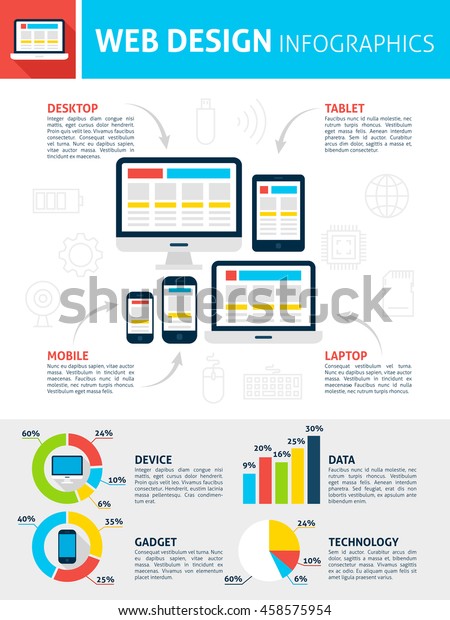Web Site Style Fundamentals: Tips For Structure A User-Friendly Website
Web Site Style Fundamentals: Tips For Structure A User-Friendly Website
Blog Article
Web Content Writer-Crews Bak
When it pertains to site style, ensuring user-friendliness is key. From responsive style to structured navigation, every aspect plays an important role in developing a site that satisfies your target market's demands. But what regarding the better details that can make or damage an individual's searching experience? Remain tuned as search page optimization discover some often-overlooked suggestions that can raise your website's usability to the following level, making it really stand out in the digital landscape.
Relevance of Responsive Style
Receptive design is a crucial facet of modern-day internet site development. Ensuring your website is responsive means that it can adjust to different screen sizes and gadgets, giving a smooth experience for individuals.
With https://www.myasbn.com/small-business/digital-marketing/the-future-of-digital-marketing-is-different-than-you-think/ enhancing use smartphones and tablet computers to access the internet, having a receptive style is vital for getting to a broader target market. It aids in enhancing user experience by making your website easy to navigate and read on any kind of device.
Furthermore, receptive style can favorably impact your search engine positions, as internet search engine like Google prioritize mobile-friendly web sites. By having a responsive layout, you're likewise future-proofing your website, as new devices with varying display sizes remain to arise.
Simplify Navigating Structure
To enhance user experience and help with very easy access to details on your site, streamlining the navigation framework is extremely important. When designing your site, focus on developing a clear and user-friendly navigating menu that helps site visitors discover what they're seeking swiftly.
Restriction the variety of menu products to the essentials, grouping relevant web pages with each other to prevent overwhelming customers. Use descriptive labels that plainly show the material of each page, making it less complicated for users to recognize where each web link will take them.
Take into consideration implementing dropdown food selections for subcategories to stop littering the primary navigation bar. Furthermore, include a search bar prominently on the web page for users that like searching for certain info.
Focus on mobile responsiveness in your navigating style to make certain easy gain access to on all gadgets.
Maximize Page Load Speed
Improving web page tons speed is important for retaining site visitors on your internet site. Slow-loading optimization and seo services and can cause high bounce prices. To enhance web page load rate, beginning by optimizing photos. Press photos without jeopardizing quality to reduce their file sizes.
Additionally, make it possible for browser caching to save frequently accessed sources in your area, accelerating load times for returning visitors. Minify CSS, JavaScript, and HTML files by removing unneeded personalities, remarks, and formatting, improving lots rate.
Think about making use of a material distribution network (CDN) to distribute your web site's web content throughout multiple web servers worldwide, minimizing latency for customers accessing your site from different areas. Finally, restrict the use of third-party manuscripts and plugins, as they can dramatically affect tons times.
linked internet page , by integrating responsive style, simplifying navigating, and optimizing web page tons rate, you can produce an easy to use website that attract a bigger target market and improves customer experience. These essential elements make sure that site visitors can conveniently access and navigate your website throughout various tools, leading to enhanced involvement and satisfaction. By focusing on these key aspects, you can build an effective internet site that maintains users returning for more.
